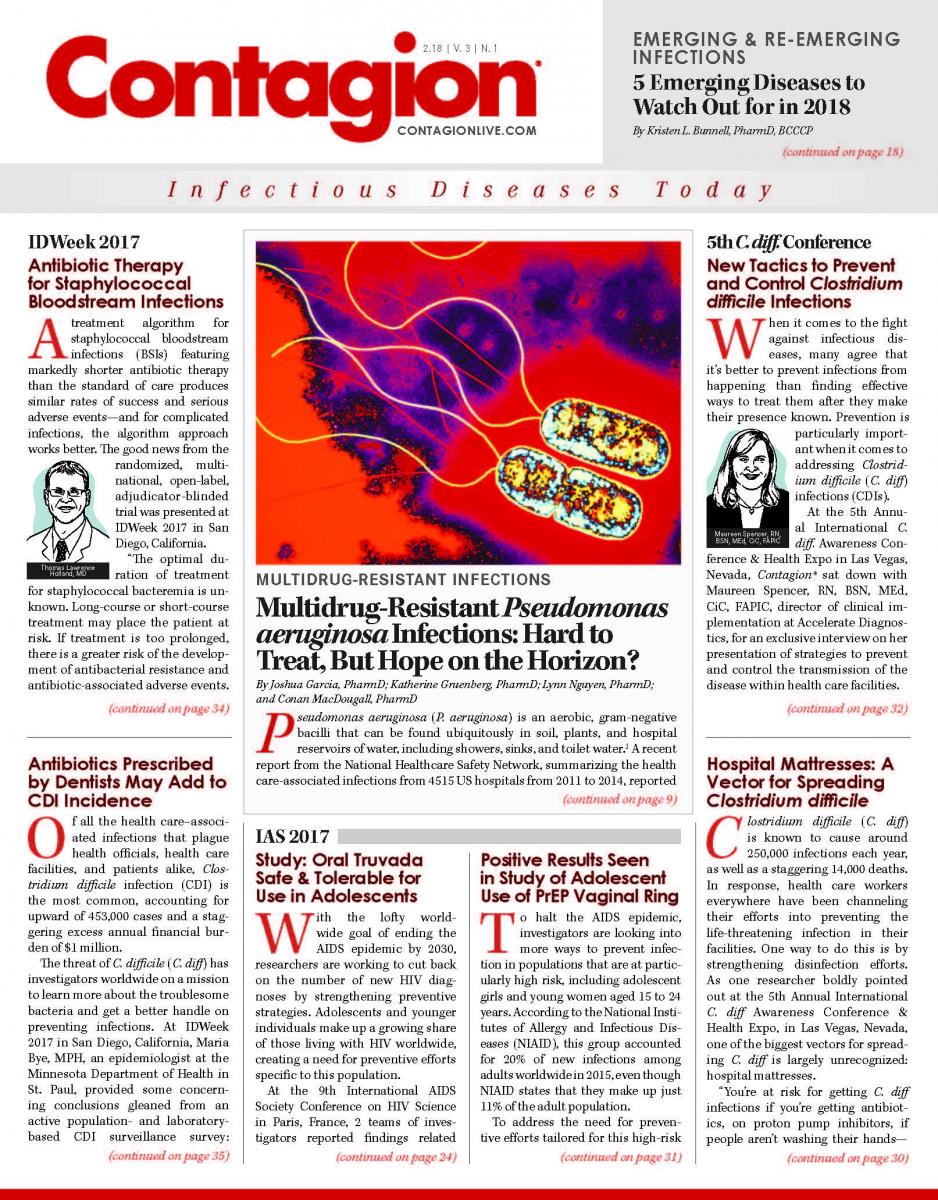Antibiotic Prophylaxis Prior to Dental Procedures in Patients With Orthopedic Implants
Lingering historical concerns have led to inconsistent practices in antibiotic prophylaxis in this population.
Over 1 million primary hip and knee arthroplasties are performed in the United States each year.1,2 The reported risk of periprosthetic and deep implant infections ranges from 0.3% to 8.3%.2 Although dental procedures may result in transient bacteremia, there is no controlled evidence to suggest an association between bacteremia following dental procedures and prosthetic joint infection. Lingering historical concerns have led to inconsistent practices in antibiotic prophylaxis in this population.2,3 In 2015, the American Dental Association (ADA) published guidelines that advised against the use of antibiotic prophylaxis prior to dental procedures in patients with orthopedic implants due to the lack of evidence associating dental procedures with prosthetic joint infections (PJIs) and the absence of data supporting a benefit of antibiotic prophylaxis.3
In an attempt to reconcile practice inconsistencies, the American Academy of Orthopedic Surgeons (AAOS) and the ADA published Appropriate Use Criteria (AUC) for antibiotic prophylaxis prior to dental procedures in patients with orthopedic implants.2,4 In addition, the AAOS/ADA AUC have been translated into an online tool to facilitate antibiotic decision assessment and more targeted prophylaxis.2,4
In the absence of randomized controlled data, this Web-based inventory provides guidance on antibiotic prophylaxis decisions using readily accessible patient risk factors that, independent of dental procedures alone, have been suggested to increase the risk of PJIs (Table).2-5 The online AUC tool accounts for 64 clinical scenarios and in most cases (61%) advises against the use of antibiotic prophylaxis (eg, “Prophylaxis is rarely appropriate”). In the remaining scenarios, prophylaxis is deemed reasonable (eg, “May be appropriate”) in 27% of cases or recommended (eg, “Appropriate”) in 12% of cases based on risk factors, such as underlying severe immunosuppression or history of PJI.
The AAOS/ADA inventory is available on the AAOS website2 and may be a valuable tool to target antibiotic prophylaxis, reduce the burden of unnecessary antibiotic exposure, and possibly reduce the risk of, or a concern for, associated infections.

References:
- Berry DJ, Bozic KJ, Mino DE, et al. American Joint Replacement Registry 2016 Annual Report. American Joint Replacement Registry website. ajrr.net/publications-data/annual-reports. Accessed November 17, 2017.
- American Academy of Orthopaedic Surgeons. Appropriate use criteria: management of patients with orthopaedic implants undergoing dental procedures. AAOS website. orthoguidelines.org/go/auc/default.cfm?auc_id=224995&actionxm=Terms. Accessed November 17, 2017.
- Sollecito TP, Abt E, Lockhart PB, et al. Evidence-based clinical practice guideline for dental practitioners—a report of the American Dental Association Council on Scientific Affairs. J Am Dent Assoc. 2015;146(1):11-16.e8. doi: 10.1016/j.adaj.2014.11.012.
- Quinn RH, Murray JN, Pezold R, Sevarino KS. Management of patients with orthopaedic implants undergoing dental procedures. J Am Acad Orthop Surg 2017;25(7):e138-e141. doi: 10.5435/JAAOS-D-17-00006.
- Berbari EF, Osmon DR, Carr A, et al. Dental procedures as risk factors for prosthetic hip or knee infection: a hospital-based prospective case control study. Clin Infect Dis 2010;50(1):8-16. doi: 10.1086/648676.

